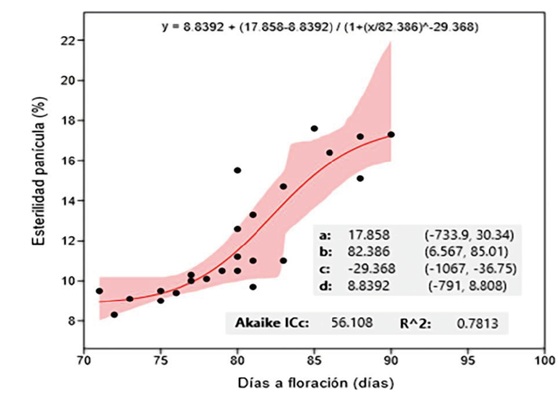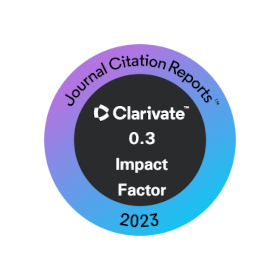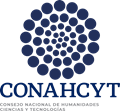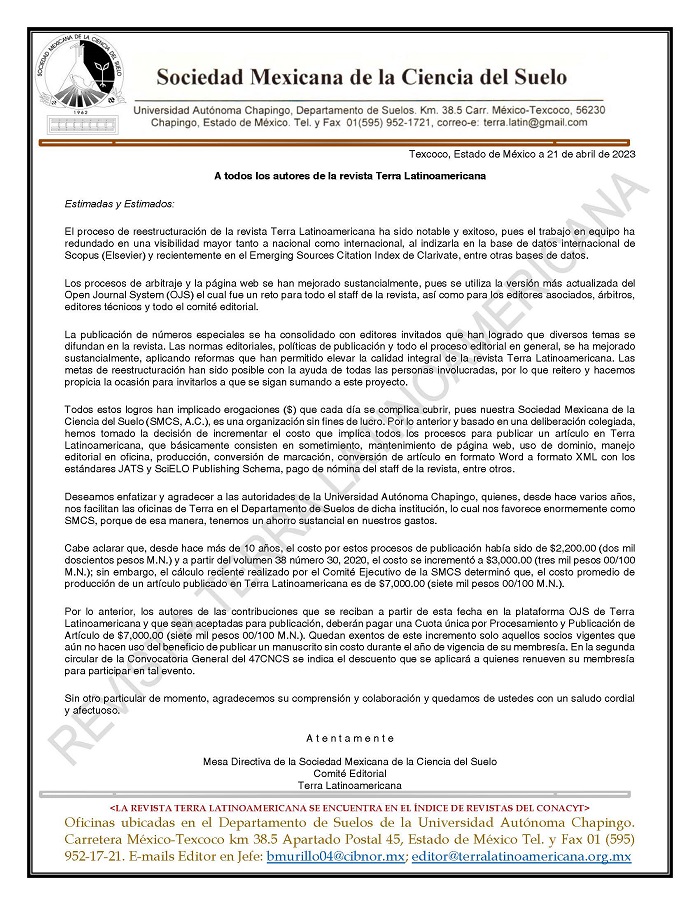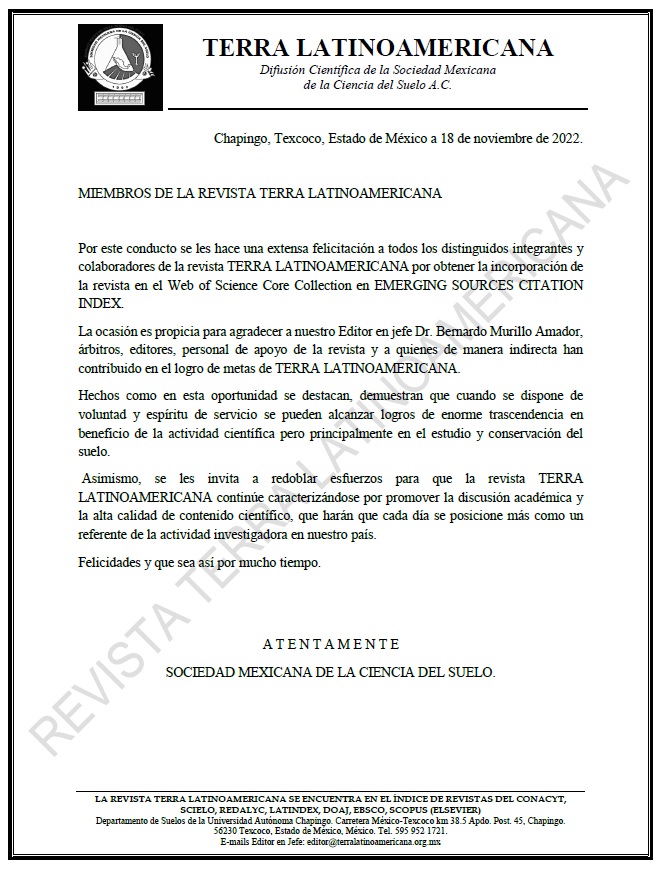Beneficial Microorganisms and Liquid Compost Enriched with Silicon: Alternatives for Agroecological Rice Crop Production
DOI:
https://doi.org/10.28940/terra.v43i.2108Keywords:
organic fertilizer, biofertilizers, days to flowering, panicle sterilityAbstract
The use of beneficial microorganisms and the application of liquid compost enriched with silicon constitute sustainable agroecological practices in rice (Oryza sativa) cultivation. The objective of this research was to evaluate the ef fect of agroecological practices and the use of silicon on the variables days to flowering and percentage of sterility of the panicle in the INIAP-14 rice crop in clay loam soil, at the State Technical University of Quevedo (UTEQ), Ecuador. The treatments evaluated consisted of T1= control without application; T2= Buf fago® insecticide (0.5 L ha-1); T3=, strain Ag, at 1×109 CFU mL-1; T4= liquid compost enriched with potassium silicate (K4SiO4) (10 L Azotobacter chroococum ha-1); T5= Metarhizium anisopliae, strain 45 (1. 2 L ha-1) and T6= combination of A. chroococum + liquid compost enriched with K4SiO4 and M. anisopliae, in a completely randomized design with four replications. The analysis of variance showed significant dif ferences for both days to flowering and percent sterility. The results showed that treatment T6 presented the lowest significant values in days to flowering (72.8 days) and percentage of panicle sterility (9.0%) according to the Scott and Knott test. A non-linear sigmoidal relationship was found by Hill’s model between days to flowering and the percentage of panicle sterility, which indicates that for this cultivar and in these soil and climatic conditions, the lengthening of days to flowering increases the percentage of panicle sterility, suggesting that the application of A. chroococum + liquid compost enriched with K4SiO4 and M. anisopliae could be ef fective in decreasing the percentage of sterility of the rice panicle, thus increasing the yield of the crop developed with bioinputs accepted in agroecological practices.
Downloads
Publication Facts
Reviewer profiles N/A
Author statements
- Academic society
- Terra Latinoamericana
- Publisher
- Mexican Society of Soil Science, C.A.
